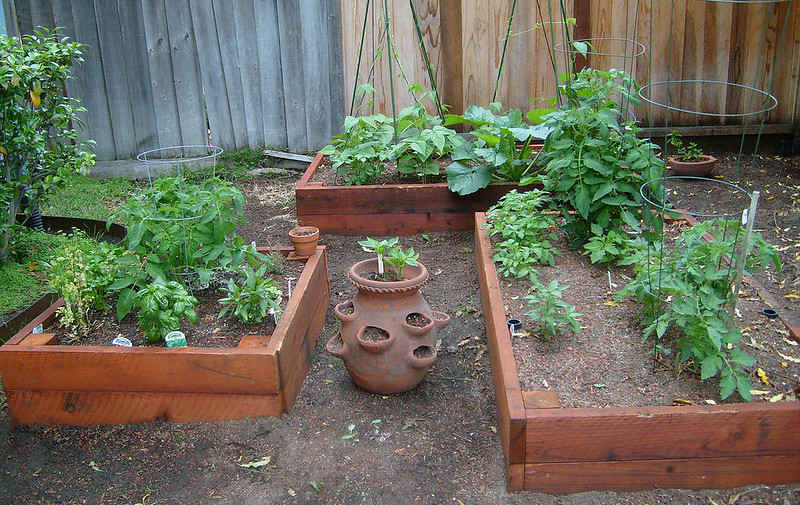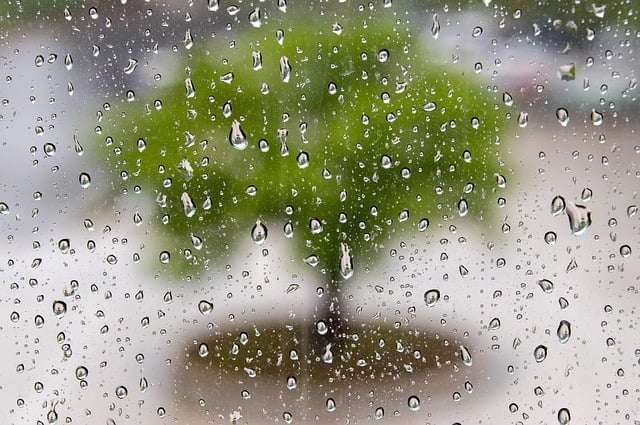When I first moved to the PNW in early February 2018, it rained for two months straight, seemingly every day. Coming from the East Coast, I was caught off guard by the relentless drizzle. But honestly, it felt like a fair trade for the bone-chilling cold and ankle-deep snow I left behind. I digress.
[wptb id=1312]Are you a Pacific Northwest resident looking for gardening tips? Tired of the rain but eager to grow your own vegetables? Don’t let the drizzle deter you! In this post, we’ll share expert advice on thriving in the Pacific Northwest’s unique climate and turning your backyard into a veggie paradise.
Choosing the Right Vegetables
When it comes to Pacific Northwest gardening, selecting the right vegetables is crucial. You wouldn’t invite a beach-loving coconut tree to a rainy parade, right? Same logic applies here. We need to pick the veggies that see the rain and say, “Bring it on!”
Cool-Season Vegetables That Thrive in Wet Conditions
Veggies like kale, spinach, broccoli, and mustard greens are not just good for you; they’re practically begging for a cold shower.
They thrive in cooler, wet conditions and laugh in the face of a little drizzle. Plant these in the spring and fall, and they’ll reward you with lush, green goodness that’ll make your neighbors green with envy.
Root Vegetables for Your Garden
Carrots, beets, and radishes? They’re not bothered by a little rain—nope, they’re chilling underground, growing their sweet, crunchy selves while the weather goes bonkers up top. These guys are also pretty low-maintenance. Just give them well-drained soil, and they’ll handle the rest like pros.
Hardy Perennial Vegetables for PNW Gardens
And then we have the hardy perennials. Plant them once, and they come back stronger every year, rain or shine.
We’re talking rhubarb, asparagus, and kale. They settle in, spread out, and take the rain like it’s a free spa treatment.
Soil Preparation and Drainage Tips for Pacific Northwest Gardening
Proper soil preparation and drainage are key aspects of Pacific Northwest gardening. Garden soil is like a sponge. If it’s soaking up rainwater like a thirsty elephant at a watering hole, you’re gonna end up with a swamp, not a garden. Nobody I know is looking to grow swamp veggies.
Why Well-Draining Soil Matters in Rainy Climates
You can test your soil’s drainage by digging a little hole, filling it with water, and seeing how long it takes to drain.
If you’re counting in hours rather than minutes, we’ve got a problem, my friend. But don’t worry, we can fix it! Mixing in sand and organic matter can give your soil the makeover it needs to improve drainage.
Raised Beds for Improved Drainage in Wet Regions
If your garden soil is the soggy bottom of a cereal bowl, raised beds will lift your veggies to higher ground. They let you control the soil quality, improve drainage, and keep your plants’ feet dry.
Build some simple wooden frames, fill them with a mix of good-quality soil and compost, and boom! You’ve got a vegetable penthouse. Raised beds are super helpful for gardening in the PNW. They keep things neat, tidy, and above all, not swampy.

Boosting Soil Quality with Organic Matter
When we say organic matter we are simply talking about compost. Mixing in compost, shredded leaves, or well-aged manure can do wonders for your soil.
Compost improves soil drainage, boosts fertility, and gives your veggies the nutrient boost they need to grow big and strong. Check out our article What Is Compost? to learn more about its benefits.
Managing Excess Rainwater
You have the right soil, and perhaps you’ve set up some beds, but what about all that extra rainwater. In the Pacific Northwest, rain doesn’t just fall—it shows up unannounced and stays for dinner. So, what do we do with all that water? We manage it like boss!
Mulching Techniques to Protect Your Plants
Mulch is your new best friend. Mulch is that cozy blanket for your garden beds. It’s like the gardener’s equivalent of a good raincoat.
Spread a thick layer of mulch around your plants to protect the soil, keep roots snug, and prevent erosion.
Mulch helps slow down water runoff, so instead of washing your plants away, the water has time to soak in. Plus, it keeps weeds from crashing the party.
Rain Barrels and Water Diversion: Keeping Your Garden Dry:
Why let all that rain go to waste when you can put it to good use? Grab yourself a rain barrel or two, set them up under your downspouts, and start collecting that liquid gold. It’s like getting free water from the sky—Mother Nature’s gift to your garden. Use it during dry spells (yes, even the PNW has those) to keep your veggies happy.
[wptb id=1778]And if your yard looks more like a lake than a garden, consider installing some simple water diversion techniques, like swales or French drains, to direct the water where you want it to go. Installing French drains may require hiring a professional, whereas swales may be doable by a well-learned DIYer.
Protecting Plants from Too Much Rain
To round off our Pacific Northwest gardening tips, let’s talk about protecting your plants from too much rain. Sometimes the rain gets a little too enthusiastic. Your plants might need a little protection from the deluge, and that’s where these tricks come in handy.
Using Row Covers and Cloches for Extra Protection
Row covers and cloches are like giving your plants a personal umbrella. These handy covers help shield your veggies from heavy rain, reducing the risk of them getting battered and bruised.
Row covers are great for protecting rows of young plants, while cloches are perfect for individual seedlings. Plus, they trap a little heat, giving your plants a cozy microclimate to grow in. It’s like turning your garden into a little VIP section—no riff-raff rain allowed.
[wptb id=1775]Polytunnels and Cold Frames for Year-Round Gardening
Ready to level up? Polytunnels and cold frames are like the high-end rain jackets of the gardening world. These structures are perfect for protecting your plants from heavy rainfall and giving them a boost of warmth.
Polytunnels are great for covering whole rows, while cold frames work wonders for smaller areas or individual plants. They’re easy to set up, and once they’re in place, your veggies can keep growing happily, even when the weather outside is doing its best impression of a waterfall.
[wptb id=1791]Staking and Supporting Plants in Rainy Conditions
Heavy rain can knock over taller plants or cause them to flop. And nobody likes a flopper! By staking your plants or using supports, you help them stay upright and strong.
Tomato cages, bamboo stakes, or even some string tied to a fence can do the trick. With a little support, they’ll be standing proud, rain or shine.
Conclusion
By following these Pacific Northwest gardening tips you will turn your backyard into a vegetable paradise, no matter how much the skies decide to open up.
When you choose the right plants, prep your soil, and manage that rainwater like a boss, while giving your veggies the protection they need, start seeing those rainy days as a blessing in disguise.

